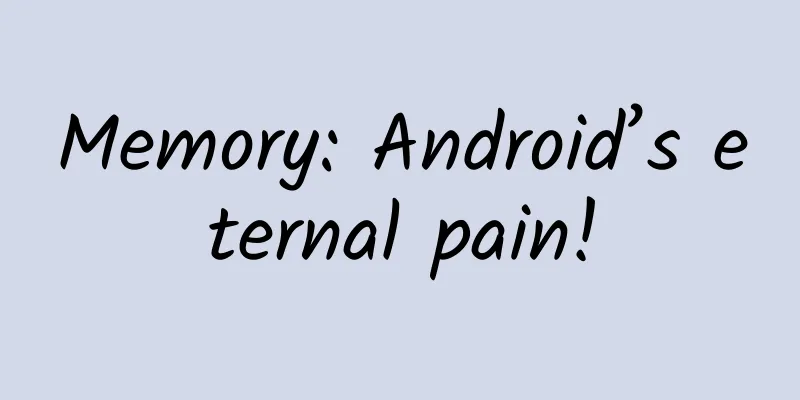Why guard statements should be avoided in Swift

|
Since the guard statement appeared in Swift, it has caused a lot of discussion. To be honest, guard does simplify the code and improve the readability of the code, but is it a panacea? Small Functions There is also a lot of discussion about the size of functions. Obviously, function bodies should be short, and the shorter the better. No one wants to read, understand, or refactor large functions. But how big should a function be? The first criterion for a function is that it should be short. The second criterion is that it should be even shorter. ---Robert C. Martin More specifically, Martin believes that functions should be less than six lines in length and never more than ten lines. Although the rules are simple, the effect is significant. You can see that the code immediately becomes much easier to understand. Before, you needed to remember a function with 30 lines of code, several indentation levels, and several intermediate variables. Now you only need to remember ten functions with clear names. Single Responsibility Single responsibility has been talked about for a long time. This rule applies not only to objects, but also to functions. Obviously, each function should do only one thing, but people break this rule again and again, mostly because of the size of the function. If you refactor a 30-line function into ten 3-line functions, then the single responsibility rule will naturally be followed at the function level. Single layer of abstraction People don't talk much about single-level abstraction in functions. It is a tool that helps to write single-responsibility functions. What is single-level abstraction? Simply put, code at a high level of abstraction, such as controlling a process, should not be mixed with small details, such as variable increments or Boolean value checks. For example. The following example is from The Swift Programming Language book.
Of course, vend(itemNamed:) is just one example of using the gaured statement, but you’ll often see similar functions in production code. This function exhibits the three problems mentioned above:
What does this function look like after refactoring?
Although the total number of lines has increased, you should remember that the number of lines of code is not its ultimate goal. The refactored code has several advantages over the old version:
in conclusion Guard statements are handy for reducing nesting of structures and functions, but the problem is not guard itself, but its use. Guard statements will force you to write large functions that do several things and have multiple levels of abstraction. As long as you keep your functions small and clear, you don't need guard statements at all. Related Reading
|
>>: Agile development is good, but don’t follow it blindly
Recommend
Baidu and BMW invest in sensor company Lunewave to achieve 3D printed sensor lenses
According to foreign media reports, an autonomous...
How to improve the high-level sense of UI design? Let’s see the in-depth analysis of experts!
Perfection is not because there is nothing to add...
Product is 1, and operation is the countless zeros behind 1...
Where there is a world, there are rumors, and whe...
Motorola is making another effort: it will launch new models this year to return to the high-end market. Will you buy them?
Motorola is making another effort: it will launch...
Super detailed Tik Tok operation-tools!
All the practical information and skills are clos...
How much does it cost to attract investment for Zhoukou’s laundry care app?
Starting a business requires costs, and mini prog...
Spring Festival travel ticket rush begins! Have you written your take-home message?
The 2017 Spring Festival travel season will last 4...
A bus in Nanjing caught fire. It was caused by a lithium battery that a passenger carried. Why do lithium batteries always catch fire?
Recently, a news report about a lithium battery e...
This winter "seasonal fruit" is available online, but many people have a "fear of buying"? Teach you how to choose →
Winter is coming, and it is the best time to eat ...
From being a foundry to returning to being a foundry, why did HTC fall from grace again?
When HTC (HTC Electronics) sees Samsung, Huawei, ...
A rough leg correction camp
A brief introduction to the resources of Yijierur...
Starbucks’ private domain operation method!
Starbucks China has more than 5,000 stores and mo...
There are many things to pay attention to when bathing in winter. Are you bathing correctly?
In winter, some people often feel their skin is v...
What is the warning of the US fireball incident? The asteroid impact drama will be staged in the second half of the year, don't miss it
Around 8 a.m. local time on April 27, many people...
After Apollo buses go into mass production, what’s the next step for Baidu’s autonomous driving?
On July 4, at the Baidu AI Developer Conference, ...









